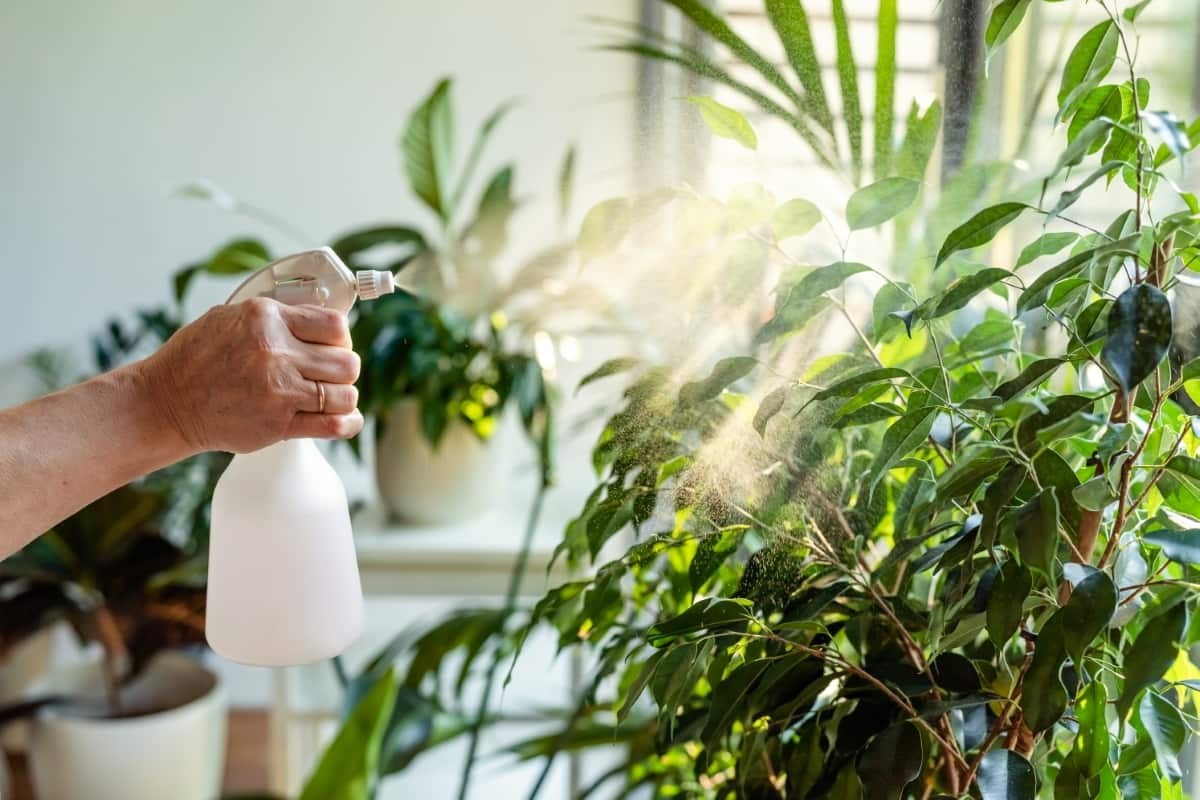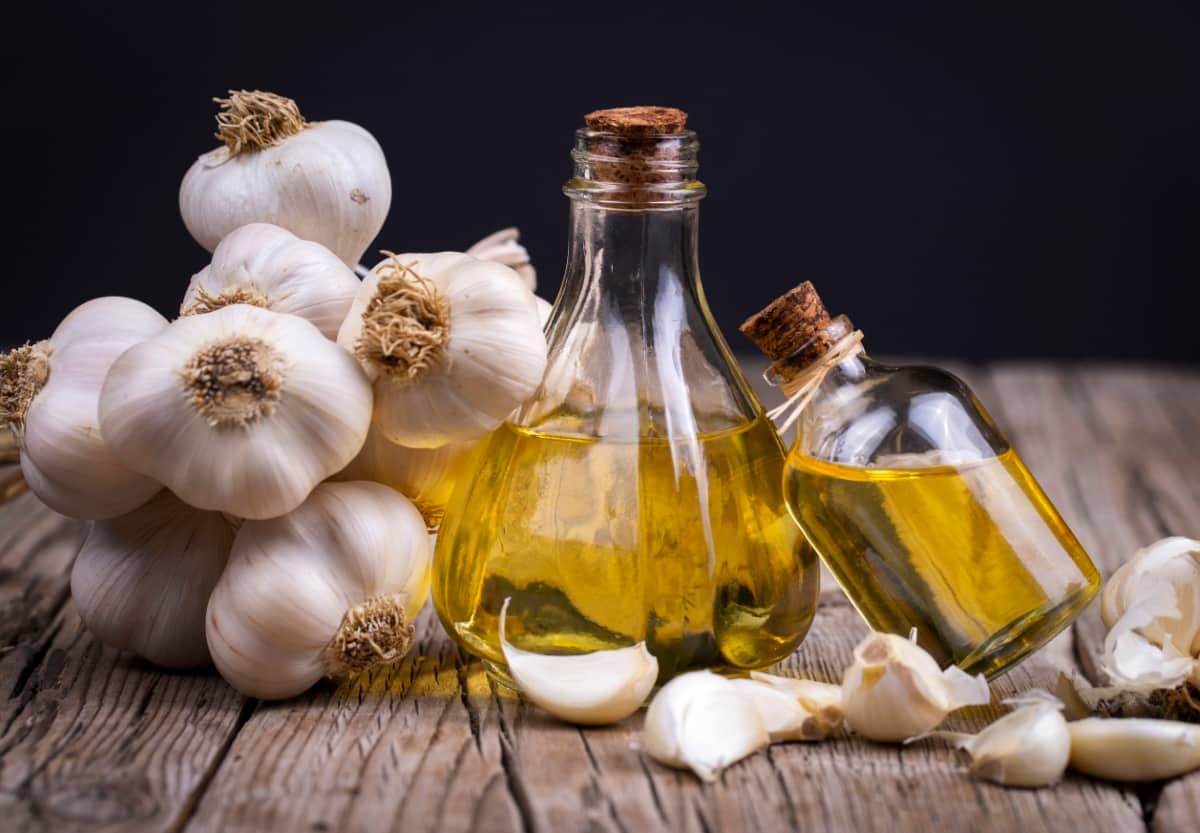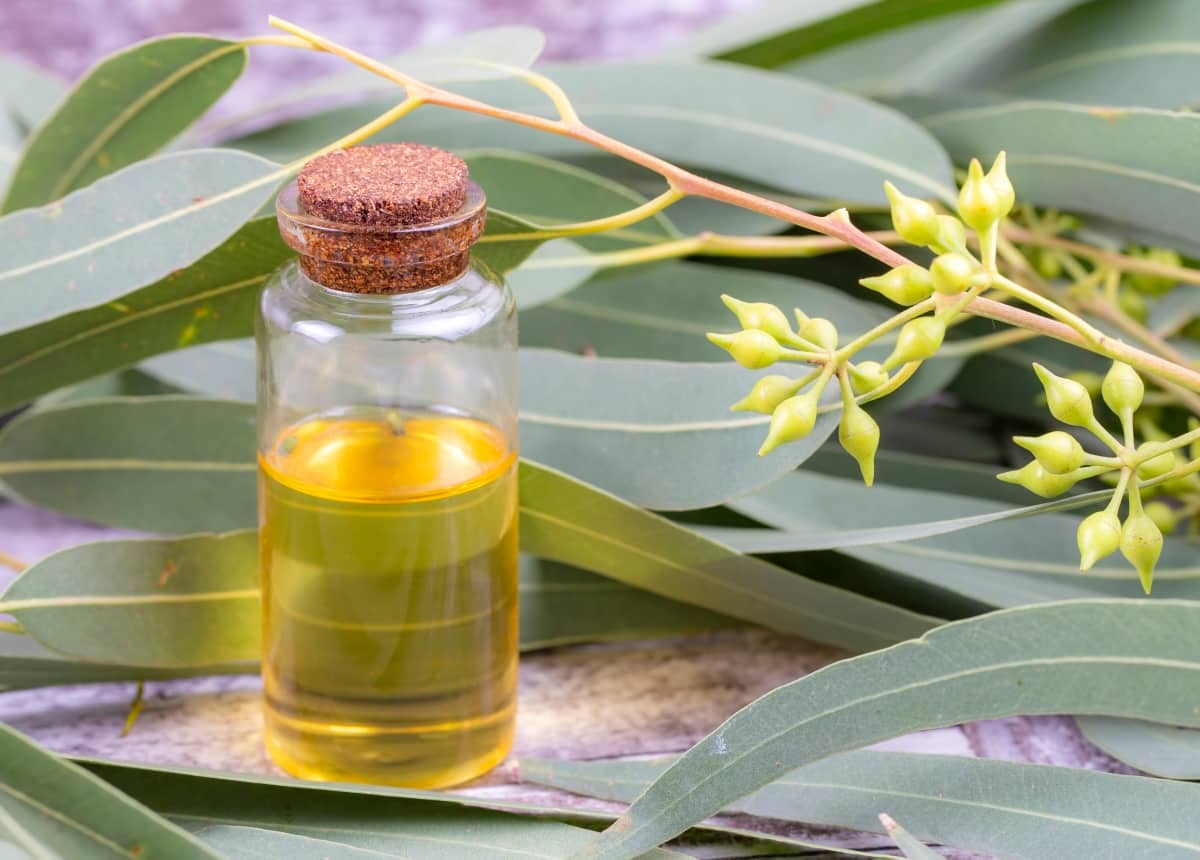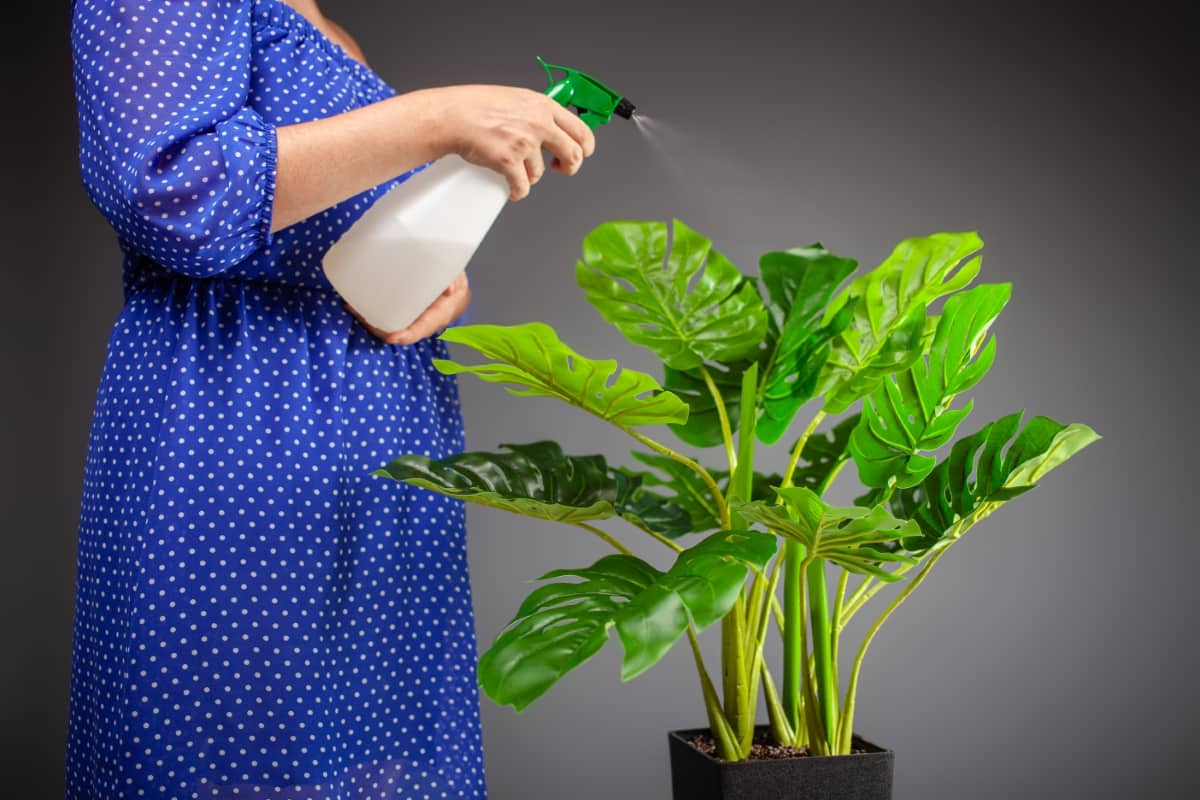Using indoor plant pest control sprays not only helps protect your plants but also ensures their overall health and vitality. By eliminating pests, you allow your plants to thrive without being hindered by infestations that could stunt their growth or cause diseases. Utilizing homemade pest control sprays can be an effective and eco-friendly way to protect your indoor plants from pesky insects.
Top 10 Indoor Plant Pest Control Sprays
When to Apply Indoor Plant Pest Control Sprays and Benefits
| Spray | Plants that benefit | When to apply | Benefits |
| Neem Oil Spray | Most houseplants | As needed | Controls many indoor pests and diseases |
| Soap and Water Spray | All types of houseplants | Once a week | Suffocates soft-bodied insects |
| Garlic Oil Spray | Ornamental plants, herbs | Weekly | Repels aphids, caterpillars, and other pests |
| Chili Pepper Spray | Fruiting plants, Vegetables, herbs | Once every 2 weeks | Deters chewing insects |
| Eucalyptus Oil Spray | Flowering perennials | Monthly | Repels flies, mosquitoes |
| Vinegar Spray | Succulents | Weekly | Eliminates fungus gnats |
| Baking Soda and Soap | Leafy greens | Spray Once a month | Controls powdery mildew |
| Rubbing Alcohol Spray | Cacti and succulents | As needed | Kills mealybugs |
| Essential Oils Blend | Ornamental plants | Every other week | Repels various pests |
| Tobacco Spray | Roses, other flowering plants | Once every two weeks | Deters aphids and other pests |
Neem Oil Spray
Neem oil spray is a popular choice for indoor plant pest control. The benefit of neem oil spray is its effectiveness against pests, including aphids, spider mites, whiteflies, and mealybugs. The active compounds in oil disrupt the pest life cycle, preventing them from causing further damage to your plants.

To make your neem oil spray at home, mix one teaspoon of pure neem oil with one quart of warm water and dish soap. Shake well before using, and then apply it to your plants using a spray bottle. The great thing about neem oil spray is that it not only kills pests but also acts as a deterrent for future infestations.
Soap and Water Spray
Soap and water spray are simple yet effective homemade solutions for controlling indoor plant pests. This natural remedy can be easily made at home using basic household ingredients. To make the soap and water spray, mix dish soap with water in a bottle. Shake well to ensure that the soap is evenly distributed throughout the mixture. When using this spray, it’s important to target the pests directly by spraying them until they are completely covered. The soapy solution works by suffocating and dehydrating the insects, effectively killing them.
Garlic Oil Spray
Garlic oil spray can help repel a variety of insects that commonly infest houseplants. To make Garlic oil spray, crush several cloves of garlic and soak them in mineral oil for at least 24 hours. Strain the mixture and dilute it with water before transferring it into a spray bottle. It acts as a deterrent, keeping pests like aphids, spider mites, and whiteflies at bay. Plus, unlike chemical pesticides, Garlic oil spray won’t harm beneficial insects or contaminate the air indoors. Using this homemade spray is easy –mist your plants thoroughly once every one to two weeks or as needed.
In case you missed it: DIY Garlic Oil Spray for Houseplant Pests: Homemade Natural and Organic Bug Control Recipe

Chili Pepper Spray
Chili Pepper spray is a natural way to control pests on your indoor plants. To make chili pepper spray, mix one tablespoon of chili with one quart of water. Let it sit overnight to allow the peppers to infuse into the liquid. Then, strain out any solids before transferring the solution into a spray bottle. When applied to your plants, the spicy scent and taste of the chili pepper spray will repel bugs like aphids, whiteflies, and spider mites. It’s important to note that chili pepper spray should be used sparingly and with caution.
Eucalyptus Oil Spray
Derived from the eucalyptus tree leaves, this essential oil has powerful insect-repelling properties that can keep unwanted bugs at bay. To make your eucalyptus oil spray, mix eucalyptus oil with water in a spray bottle. Shake well before use and apply it directly on affected areas or lightly mist over your plants. The strong scent of oil acts as a deterrent to pests, making them less likely to infest your indoor garden. The pleasant scent adds an extra touch to the overall ambiance while keeping pesky pests away from your beloved greenery.
In case you missed it: How to Use Rosemary Oil for Pest Control: DIY Homemade Recipe for Bug Repelling Spray

Vinegar Spray
Vinegar Spray is a popular and effective homemade solution for controlling pests on indoor plants. To make the vinegar spray, mix water and distilled white vinegar equally in a spray bottle. When using vinegar spray on your indoor plants, it’s important to avoid spraying directly onto delicate leaves or flowers as this may cause damage. Instead, focus on applying the spray to affected areas or around the base of the plant where pests tend to congregate. Plus, it’s an affordable and eco-friendly option for maintaining healthy indoor greenery.
Baking Soda and Soap Spray
To make this DIY spray, all you need is one tablespoon of baking soda, one teaspoon of liquid soap (preferably organic), and one gallon of water. Mix ingredients well in a bottle, ensuring they are thoroughly combined. The alkaline nature of baking soda works by disrupting the outer layer of insects, causing them to become dehydrated and eventually die. Regular applications every few days can help keep your indoor plants free from unwanted pests without harming them or introducing toxic chemicals into your living space.
Rubbing Alcohol Spray
This common household item can help keep your plants free from pests without the need for harsh chemicals. The main benefit of using rubbing alcohol spray is its ability to kill pests on contact. The alcohol quickly evaporates, leaving no residue behind that could harm your plants. Additionally, it can also be used to clean tools and surfaces in your garden.
To make a rubbing alcohol spray, mix rubbing alcohol in about 1 part with 3 parts of water in a spray bottle. Shake well before use and then apply directly to affected areas of your plants. Rubbing alcohol spray is an affordable and convenient option for controlling indoor plant pests naturally.
Essential Oils Blend Spray (Peppermint, Rosemary, Thyme)
It is a powerful and natural solution for controlling pests on indoor plants. Peppermint oil has long been known for its pest-repellent properties. Thyme oil is another effective ingredient that helps control various pests, including whiteflies and mealybugs. To make this DIY spray, mix 10 drops each of peppermint oil, rosemary oil, and thyme oil with water in a spray bottle. Shake well before use to ensure the oils are properly dispersed in the water. When applying the blend spray to your indoor plants. Repeat every few days or after rain showers to maintain its effectiveness.
Tobacco Spray
Made from tobacco leaves, this homemade spray acts as a repellent for a variety of insects and can help protect your plants from damage. To make tobacco spray, you’ll need to soak a handful of tobacco leaves in water overnight. The next day, strain the mixture and transfer it into a spray bottle. The strong smell of tobacco repels many common pests, such as aphids, whiteflies, and spider mites. In addition to its pest-repelling properties, tobacco spray also serves as a foliar feed for your plants.
Frequently Asked Questions (FAQ) on Indoor Plant Pest Control Sprays
What are Indoor Plant Pest Control Sprays?
Indoor plant pest control sprays are DIY homemade solutions designed to repel and eliminate common pests that can wreak havoc on your beloved houseplants.
Are Pest Control Sprays Safe for My Plants?
Yes. Homemade bug-repellent sprays made with natural ingredients are generally safe for your plants when used correctly.
How Often Should I Use the Pest Control Spray?
The application frequency mainly depends on the infestation severity and the specific recipe being used. Generally speaking, spraying every 7-10 days is a good rule of thumb.
In case you missed it: How to Use Cedar Oil for Pest Control: DIY Homemade Recipe of Cedar Oil Insecticide for Bug Repellent

Conclusion
Indoor plant pest control sprays offer a multitude of benefits for both your plants and your home. The importance of indoor plant pest control sprays cannot be overstated. They offer a safe alternative to commercial pesticides, which can be harmful to humans if used improperly. Additionally, regular use of these sprays helps prevent infestations from spreading throughout your home or garden.
- Deworming Schedule for Dogs/Puppies: A Beginners Guide
- How to Prevent and Control Parasites in Goats
- Beneficial Insects in Pest Management
- Natural Solutions for Pest Control in Flower Gardens
- Types of Fungicides Used in Agriculture
- Common Issues in the Fruit Development Stage of Pomegranate Farming
- Fruit Development Issues in Papaya: Easy Solutions and Treatment
- Soil-Borne Diseases and How to Protect Your Plants
- Practices to Prevent Disease Spread in the Garden